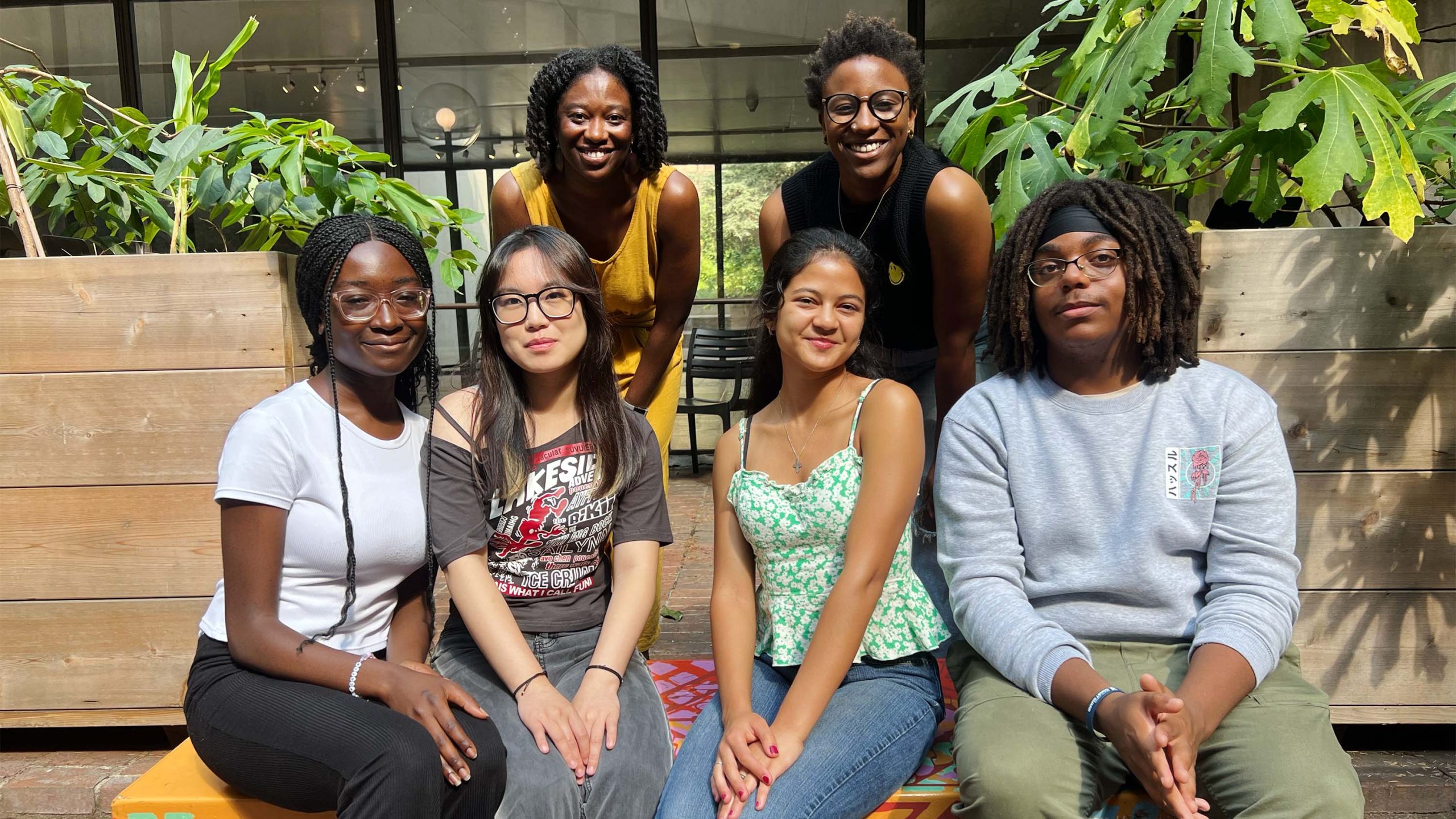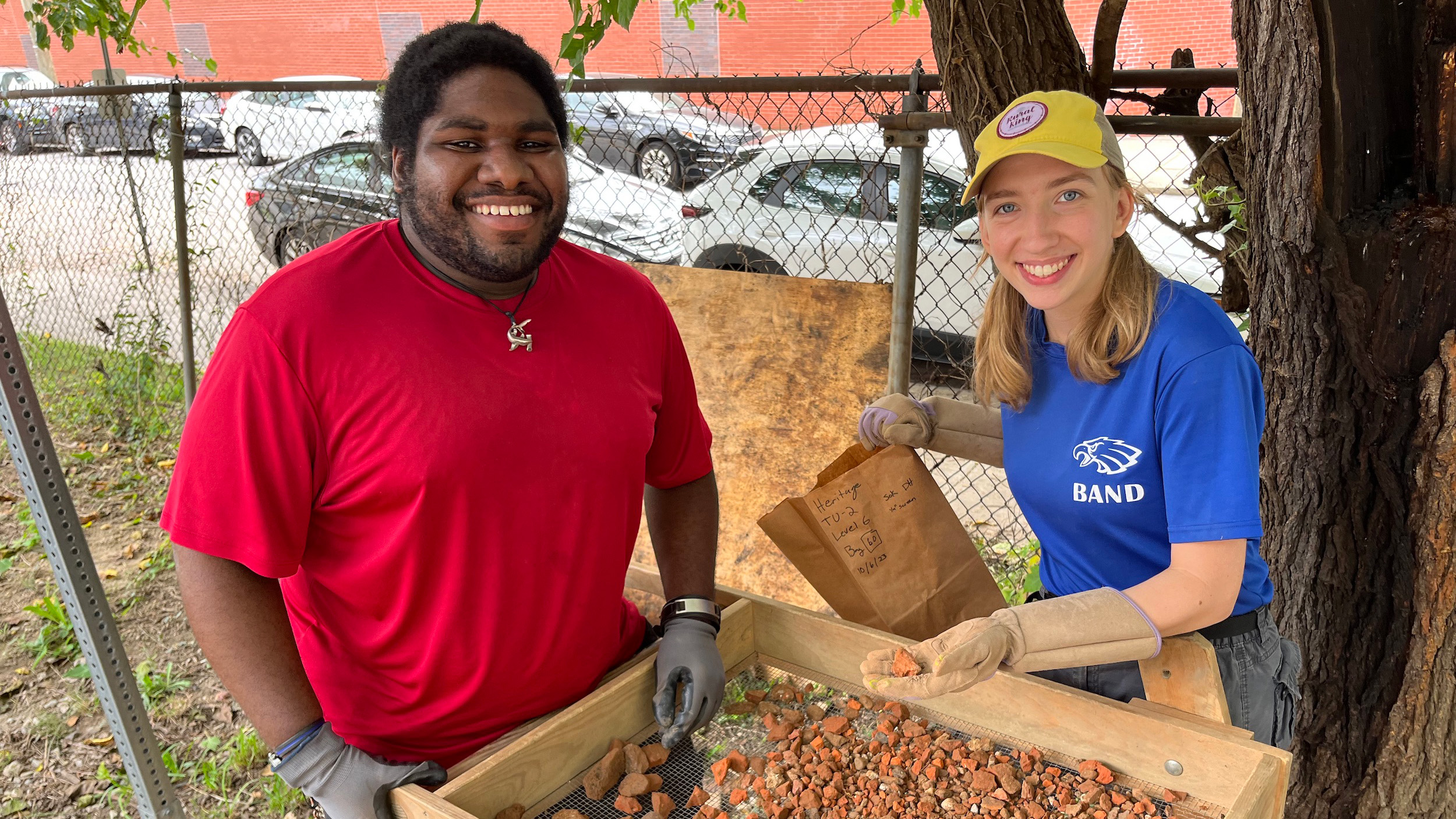My first archaeological field experience took place in Naxcivan, Azerbaijan, in May of 2022. As an undergraduate student, I was excavating with three local workers. I still remember one of them, a man named Ramin, chatting with me via Google translate. The phone spoke his words in a flat, AI-generated voice: “Why are all the women on your team?”
Despite being hilarious, Ramin’s remark seems valid: Our field crew from the University of Pennsylvania was composed of mostly women, an odd thing for Ramin to see. Led by a female director, our team had three male graduate students and five female undergraduate students. On my later field experiences in anthropological archaeology, conducted in different geographical regions, the women’s bedrooms in dig houses were crammed full with mattresses, while the less-populated men’s bedrooms looked luxuriously spacious.
Yet I know that this hasn’t always been the case. I remember female directors recounting the lore of previous white, male, cisgender directors. The Penn Museum Archives of past archaeological projects are filled with mostly male crew photos. Up until the 1960s, it was not uncommon for archaeologists such as Ivor N. Hume to state in a letter: “digging is, after all, a masculine occupation… One lady volunteer improperly dressed for the occasion can cause havoc throughout the crew.”
When did the balance of gender in excavation teams start to tip from male to female? Why would this happen? And—most importantly—what does this shift mean?
In my senior thesis project, advised by Dr. Megan Kassabaum and supported by the Penn Museum Fellows Program, I tackle these questions by looking at the demographic changes of past archaeological projects in the archives, as well as talking to female archaeologists in different career stages, from undergraduates in their 20s to retired faculty members in their 80s.
The term “archaeologist” refers to those who have labored for archaeological projects, regardless of whether they received a degree or continued to work in the field. Through pulling out common themes and topics from these life-stories, I see that the shift goes beyond gender, acting as a node of multiple factors that shape the individual’s experience within archaeology.
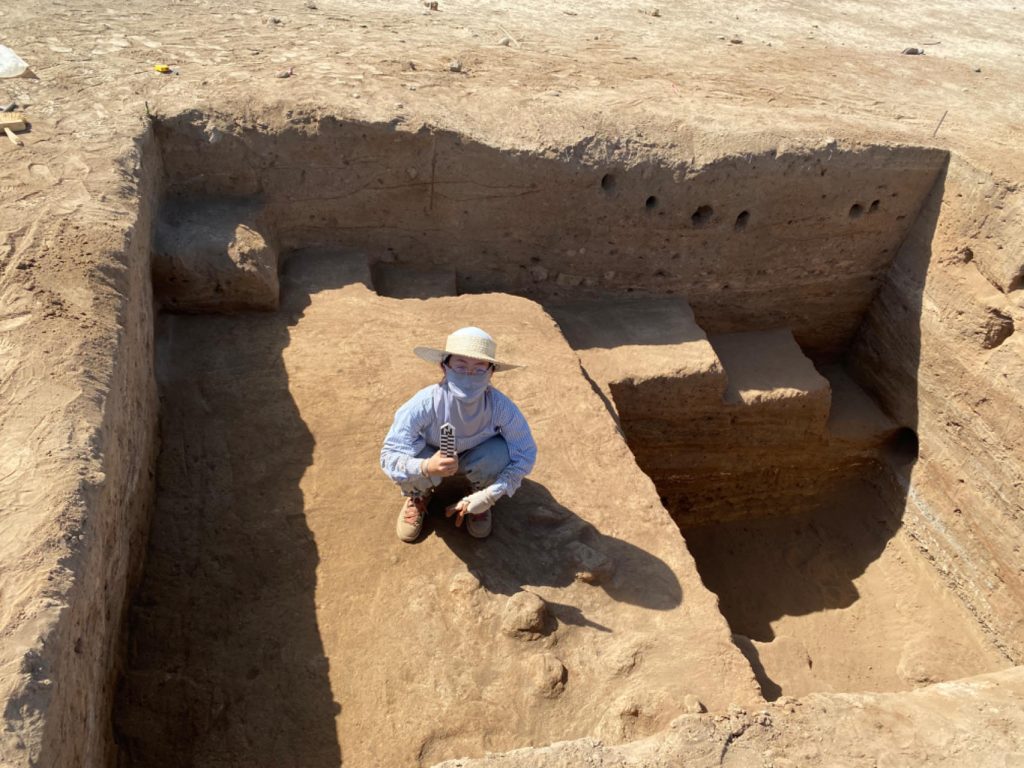
The archival research on Penn Museum archaeological projects shows a trajectory of the changing roles of women in the archaeological field. For example, in the Middle East, excavations prior to the 1960s tend to feature women conducting traditionally feminine work—i.e., illustrator, registrar, house manager—as well as more “dainty” lab work like paleobotany and zooarchaeology, whereas men were assigned more technical or labor-intensive positions, like trench supervisor, geophysicist, and photographer. It wasn’t until the 1970s that women started started stepping into these roles, which were historically filled by men.
Comparing the archives of the Near Eastern and the historical archaeological projects also demonstrates how gender demography varies across sub-disciplines—the latter almost exclusively comprised of all-male crews. This is probably because the historical projects in the U.S. use the crew staff as the labor source, while the international excavations hire local workers to do the digging. The connection between manual labor and masculinity then leads to the overwhelmingly male-dominant teams in historical projects.
This finding also came through during the interview process: It fits into the larger link between masculine acts and the social network forged by their performance. My interviewees call it the “good ol’ boys’ game,” which, unsurprisingly, involves stereotypical Indiana Jones-esque behaviors, like smoking, drinking, and lifting heavy things. Female archaeologists often feel compelled to replicate these behaviors as a way to access the social network of the traditionally male-dominant discipline. While barriers like these have been less pronounced in recent years, they continue to cause frustration for female archaeologists.
Anastasia*, a Near Eastern archaeologist in her 30s, recalls: “There was a brief period time where I took up smoking, because all the male leaders were sharing information and making decisions on their smoke break… Women didn’t have any input because women didn’t smoke. So I was like, ‘I’m going to take a cigarette in my hand, I’m not going to actually inhale it, I’m just going to stand there and be part of the conversation.’ And it actually did make a difference.”
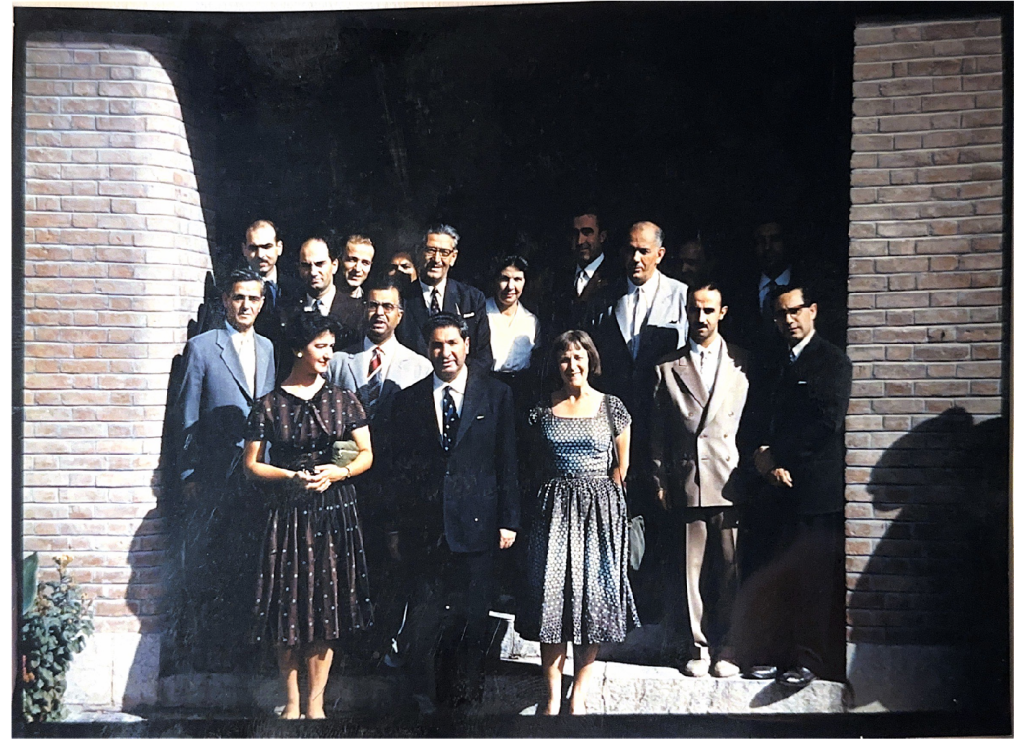
Another theme that emerged through the interviews and the archival research is the gendered specializations within archaeology. Josephine, a graduate student working on precontact American archaeology, recalls her dad half-jokingly using the term, “the sissy stuff,” to describe ceramics, botanicals, and foodways. These specialties were perceived to be on the more feminine side of archaeological, while more technical specialties, such as GIS (Geographic Information Systems) and digital analysis, were considered more masculine.
Amongst my interviewees, 47% entered archaeology through these “feminine” specializations: a continuation of the trend seen in the archives. Regardless, a significant portion of them—mostly in the age group of 35–45—have switched to more “masculine” specialties during their career. The younger generation of 25–35 has seen an increase in female archaeologists entering the field either as generalists or with interest in areas like surveying or GIS. This is perhaps a positive sign, indicating more access to resources, spaces, and opportunities that are traditionally restricted to men.
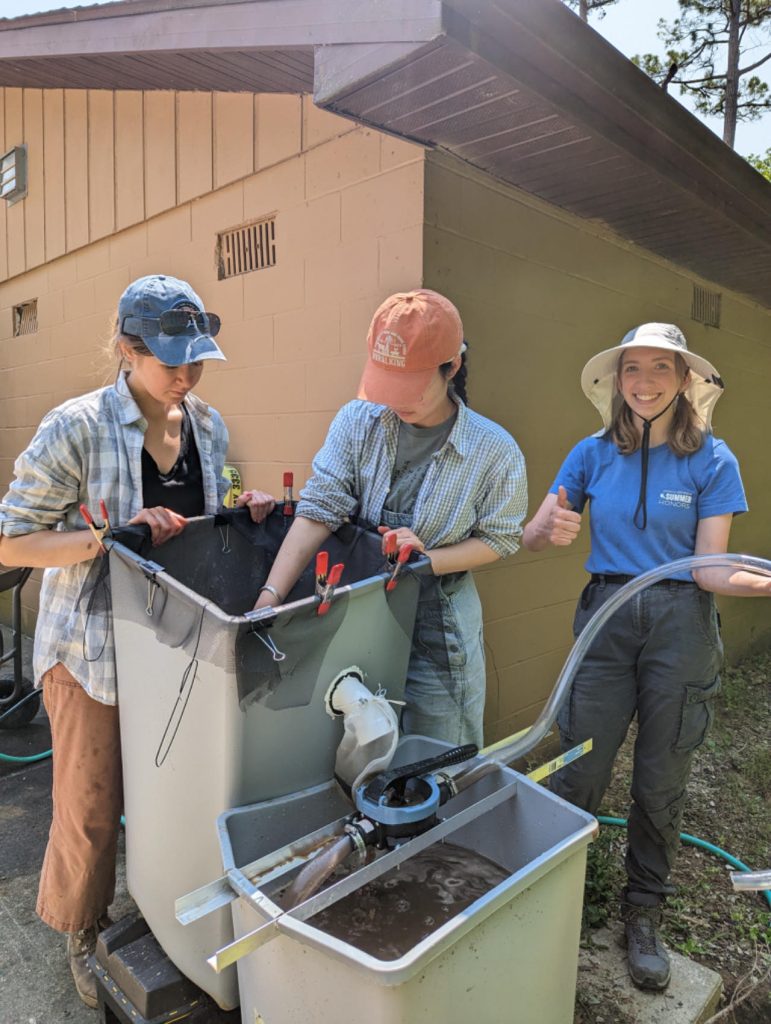
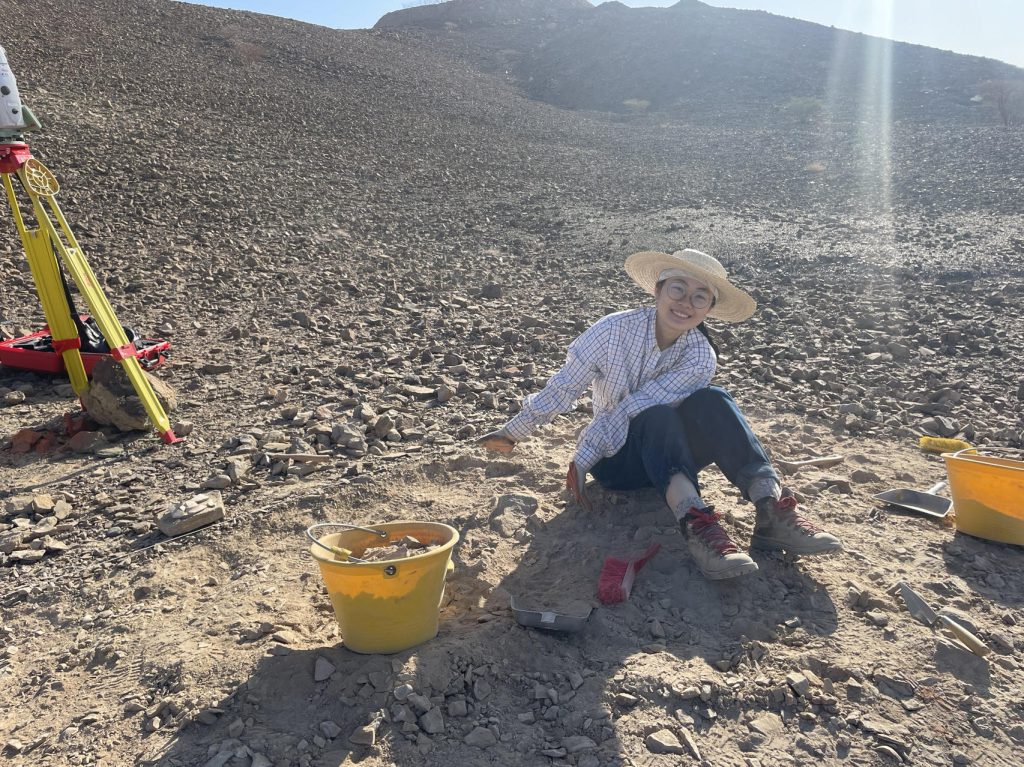
What does this growth in female participation mean for archaeology? The most common opinion is that it reflects women’s increasing access to higher education in general. Some, however, are less optimistic.
Camilla, a faculty member working in South America in her 70s, asks: “Is it that women joined or men opted out?” She reasons that the feminization of a field is essentially a process of lowering wages, as women are more willing to accept jobs with low stability and salaries. This then leads to less prestige associated with archaeology, and ultimately men leaving the field—a theory that keeps us from being overly optimistic in assessing this demographic change.
Yet the entry of women into the field can also mean positive changes for the academic landscape. Archaeology allows women to ask and answer questions that are not as accessible by the historically male-centered narratives. It is usually the female archaeologists who have incorporated gender into the theoretical frameworks of the field. Female archaeologists have also pushed for diversity, equity, and inclusion in the discipline, as well as working to eliminate harassment and assault from the fieldwork space.
During the interview, Josephine talks to me about the new Indiana Jones movie. “I haven’t seen [it] yet,” she says, “but it’s basically like his career is picked up by a female archaeologist at the end. Sort of like taking on the legacy.” In a way, the ending reflects the history of archaeology as a discipline—having been directed in the early days by white men, its legacy is now also passed on to the women who have entered the field. Where do we take it? That becomes the next question.
Qi Liu is a Penn senior who has participated in every undergraduate program at the Penn Museum, done research for two senior theses in anthropology and art history, and joined excavations in the U.S. and abroad.
*Names of all interviewees are pseudonyms.
We'd love to hear from you. Share your feedback about Penn Museum Voices Blog: info@pennmuseum.org
Explore More
